I was not ladylike, nor was I manly. I was something else altogether. There were so many different ways to be beautiful.
―Michael Cunningham, A Home at the End of the World
As a society, we like things that fit in boxes. Like LEGO. My parents bought me a box of LEGO when I was little, maybe 5 or 6 years old. I’m pretty sure my mom picked it out for me. It was LEGO set 269. The set itself is a kitchen, complete with cupboards, a dining table with chairs, a coffee maker[1], two parents, a son and a daughter. The parents and son were not minifigures but larger creations made of LEGO bricks. I’ve come to find out these are referred to as maxifigures.
They were included in what LEGO marketed as “Homemaker” sets. I remember hating the design for the mom, with a dress made from four 2×1 slope bricks placed on top of two 4x1s. This is mostly because I desperately wanted to be a boy when I was little and hated dresses. The set also had one minifigure, the daughter. You could tell it was a girl by the hair piece with pigtails on either side of smooth black hair that easily resembled the normal hair mold for a boy. The face of the girl was no different than the face of a boy minifigure I stole from my older brother. It was my favorite LEGO piece. He had a red shirt and blue pants. Thus began my obsession with minifigures.
Research suggests that LEGO has tried to market to girls and failed five times[2] prior to announcing the LEGO Friends line. The “Homemaker” sets (one of which is my kitchen set) were among those times. As a child, I didn’t particularly realize this set was geared toward girls; I played with it as much as I played with my brother’s “regular” box of LEGO and gray base plates with lined roads for cars. I liked both of them and didn’t see the need to differentiate the two. But I did know I was drawn to the boy minifigure more than any of the others, and I had a vague feeling that something wasn’t “quite right” about that.
Recently, I witnessed an interaction between a father and son at my local Target store. The son was spending a lot of time looking at LEGO Friends sets. They were displayed in their own aisle, to separate them from the “regular” LEGO. You know, the LEGO designed for boys. On the opposite side of the aisle, the shelves were crammed with all sorts of pink toys. The boy desperately wanted a LEGO Friends set, but his father kept berating him, that they were for girls, and he was a boy. He was quickly (and angrily) ushered out of the aisle.
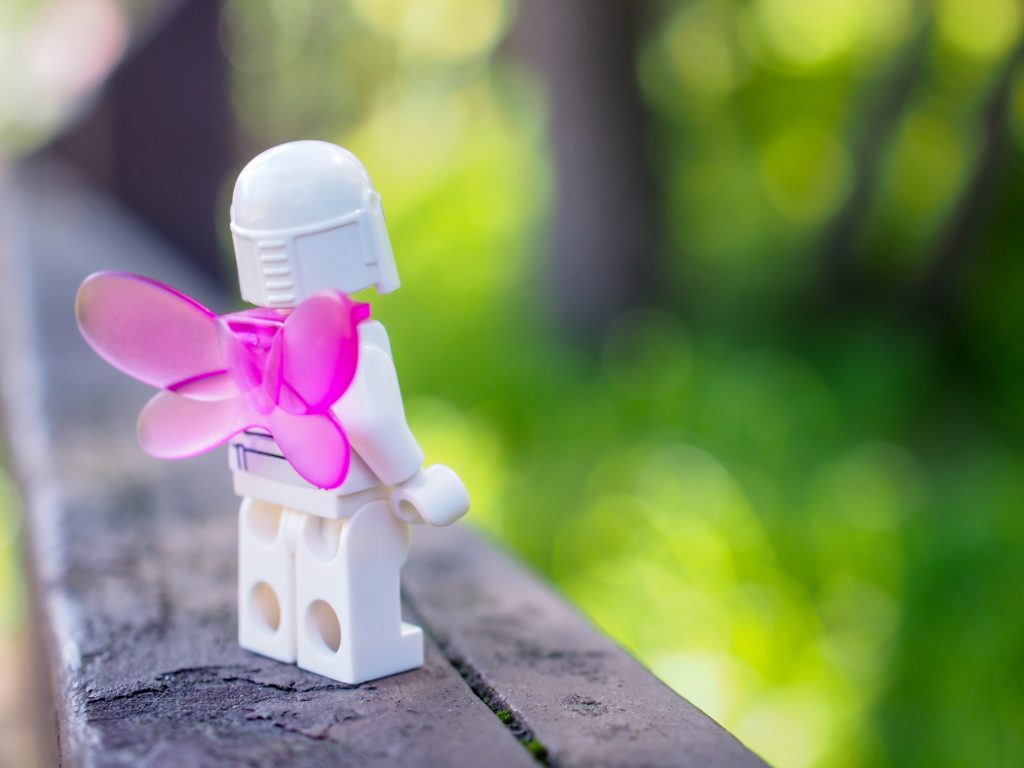
I should have
I could have flown you know
I could have
I should have
I didn’t so”
―Tori Amos, Icicle
Here’s the thing: I’m a girl who wants the boy LEGO. But I was lucky. My mom bought me baby dolls and dollhouses, but she also bought me robots and Micro Machines. I was 11 when I was first mistaken for a boy; my mom let me get my hair cut short and spiky (yes, my mom is the best). But it was difficult for people to understand. Hell, it was difficult for me to understand, I just knew I wasn’t comfortable in a dress and wanted to wear what boys wore. It was embarrassing every time someone mistakenly called me by a male pronoun, which might sound weird coming from someone who wanted to be a boy, but it was more about those who knew the truth. I was no boy. And I didn’t fit inside a box that could be labeled. There were no words to describe me. I felt out of place, but that was better than trying to be someone I wasn’t.
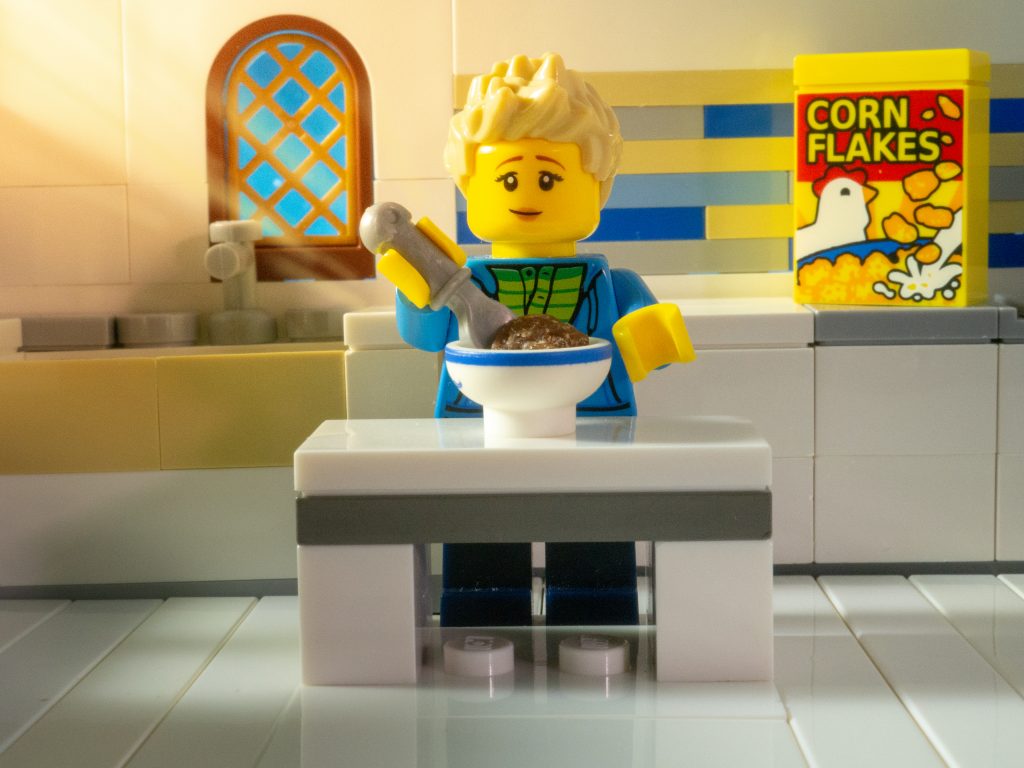
Try this: Go to Target’s online store and start typing “LEGO” in the search field and see what autofills. You’ll most likely find “legos for boys” and “legos for girls” as top search options. At the time of this writing, the top three LEGO products suggested for boys were Creator Mighty Dinosaurs, Marvel Spider-Man Bike Rescue, and City Sky Police. The top three LEGO products suggested for girls were Friends Mia Treehouse, Friends Heartlake Surf Shop, and Cinderella’s Dream Castle. The entire first page of “girl” results were either from the Friends line or Disney. The boy results had zero Friends and Disney. It was rounded out by the suggestion that maybe boys would just like the Classic Creative Medium Brick Box. Apparently, that’s not something that would garner a girl’s attention—it was not an option in the girl search. Remember, these are bricks. In a box. But apparently they have an inherent gender.
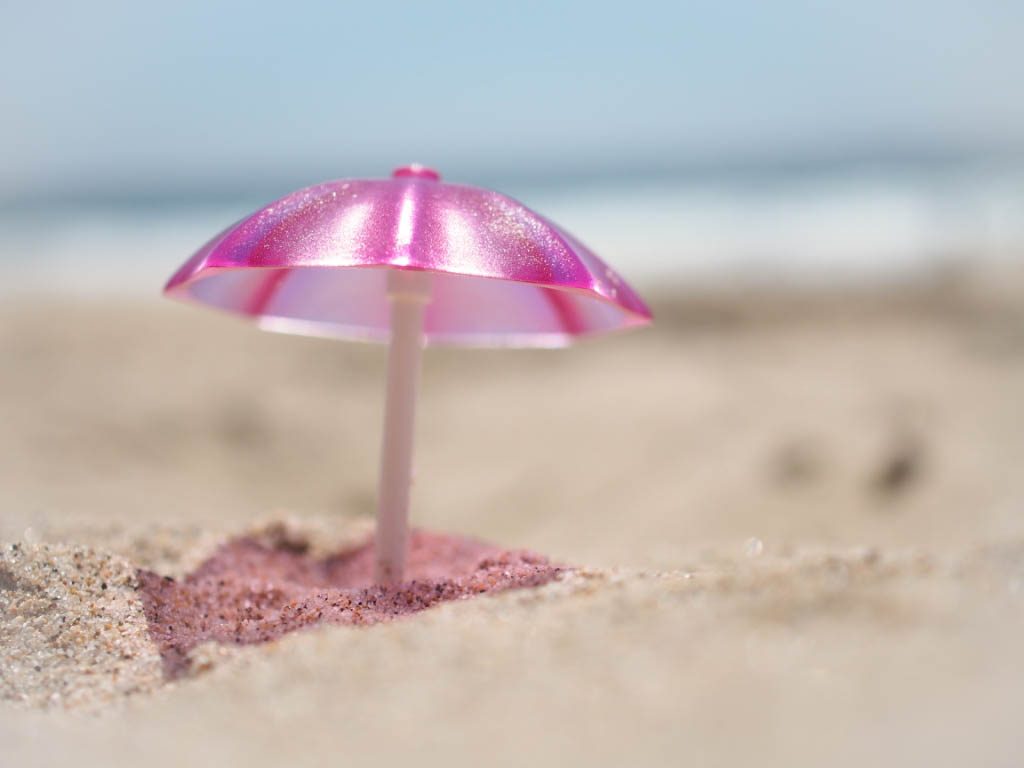
We seem to be stuck, as a society, with framing ideas in terms of the binary. I’m not immune to this. I spend my days modeling data into appropriate boxes. If a piece of data is placed in the wrong box, an error occurs. I code rules that catch these errors up front, before they become a problem, an inconvenience. In other words, I control what goes in boxes. It’s satisfying, perhaps because I can’t find a box to put myself in. I don’t really fit: I’m a woman who dresses in men’s clothing, performs a male-dominated job, and sports a fade for a haircut. By society’s standards, I’m an inconvenience.
While I applaud LEGO for engaging girls more, and adding in a little pink and purple to the mix of bricks, I think where we fail is in the marketing. We’re just creating more boxes for ourselves to work inside a binary system where everything can be neatly categorized. It’s great for data, but people are more than just ones and zeros. And that boy who wanted the pink LEGO? Well he’ll never get them, since his dad thinks those are for girls. And we wouldn’t want a boy playing with a toy made for a girl.
______________________
[1]Of course, I loved the coffee maker (I guess I was destined to become a coffee snob).
[2]Brad Wieners, “Lego Is for Girls,” Bloomberg Businessweek, December 15, 2011.


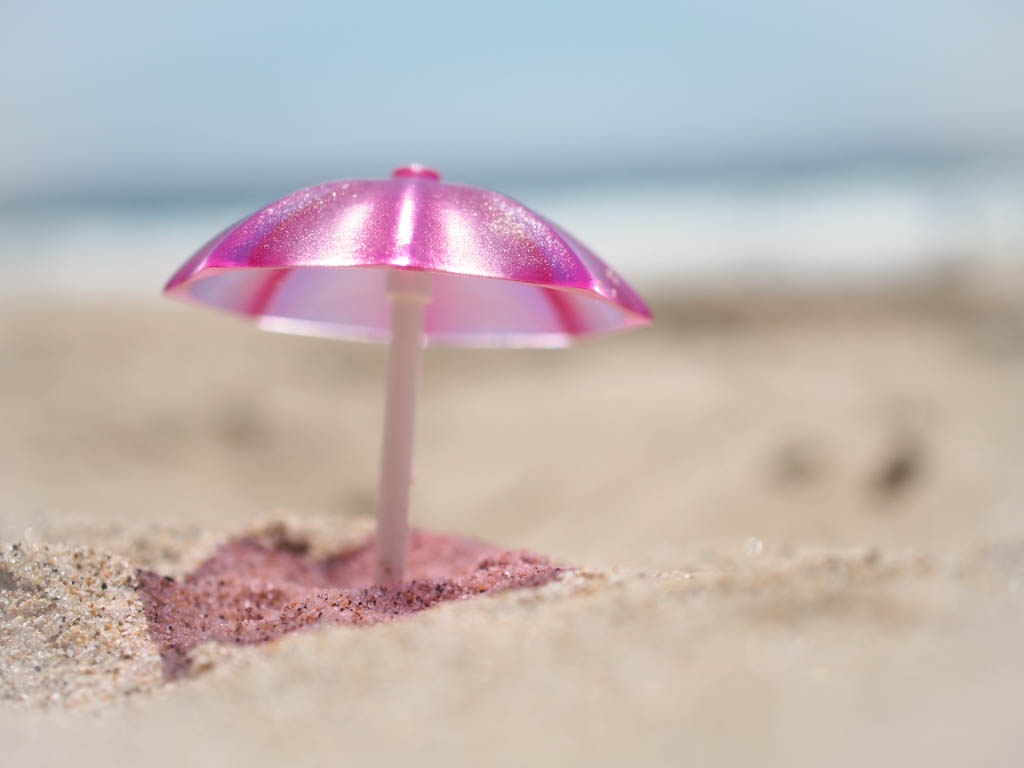
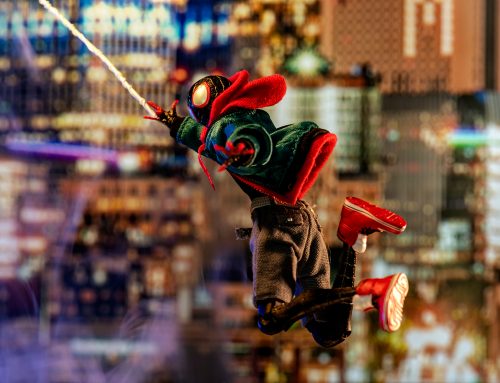
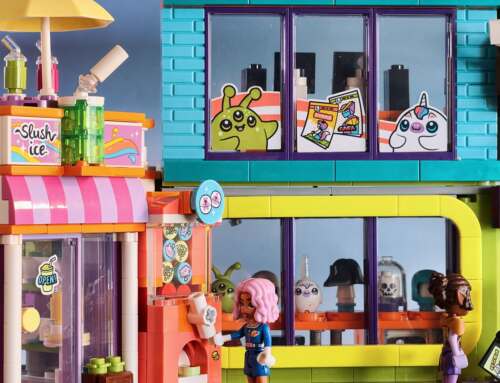
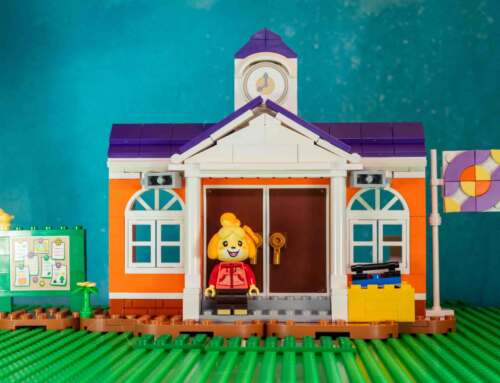
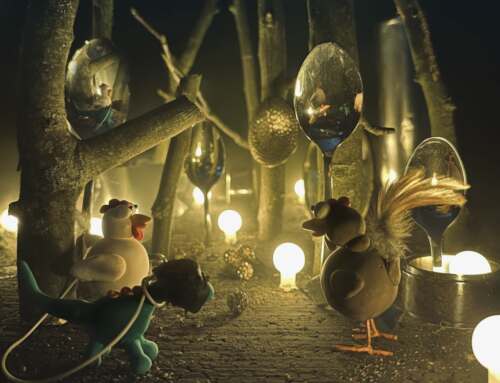
I couldn’t agree more!
Reading your story, many parts felt similar to mine, from a boy’s side. I consider myself lucky that I have a great mom who’s always been fighting against gender stereotypes and taught me and my brother that there’s no such thing as a boy or girl toy. As a kid, I remember playing with Barbie, Pollypocket, and some of LEGO’s attempts at marketing for girls in the 90s’ (mostly Belville but I also have in my collection a few Paradisa minifigs, thus I guess I also must have had one or two Paradisa sets). As a kid, that’s always been a problem for others. It wasn’t normal for boys to have Barbie at home. I also had problems later as a teenager at school, because I had long hair and for most people, that’s not acceptable for a boy/man.
As an AFOL, for a long time, I was annoyed with the Minidolls because they create a division in the LEGO range rather than trying to promote more varied or gender-neutral toys. They’re one more box to fit kids. Now that I managed to overcome the (photographic) limitations of Minidolls, see them as a source of creativity, and that my box of figures has more Minidolls than traditional Minifigs, what really annoys me is the way LEGO markets Friends/City products. While they always say publicly that all their toys are for everyone, no matter the gender, all the marketing tells the opposite. While I can applaud some of the efforts LEGO made with Friends (e.g., promoting STEM to girls with characters like Olivia), I wish they would make more marketing efforts showing boys playing with LEGO Friends. Gender stereotypes won’t be overcome only by making good products attractive to girls. It’s also necessary that someone tells boys (or their stupid parents) that they can play with LEGO Friends as much as with any other LEGO range. And it’s not the toy stores that are going to do it…
Thank you for sharing your experiences, Reiterlied. I think in some respects it’s much harder for boys who like “girl” toys, based on our society’s insistence that boy things are the default and the correct form. Woman is the other. I do wish Target or other stores that sell toys would challenge product placement and mix in so-called “girl” and “boy” toys together in the aisles. Like you said, LEGO is making strides, but their marketing for the Friends line (and possibly packaging) needs to change in order to address society’s box-loving ways.
Thank you for sharing your story Julie! I can relate a little bit…. I was never that much of a “girly” girl. I couldn’t understand why I was supposed to find it fun to paint my fingernails (they just chip anyway) or take hours to style my hair , when I really just wanted to be in the gym, getting bruised, sweaty and chalky 🙂
That story you told about Target is really sad. It seems like it’s becoming more acceptable for girls to like “boy stuff” but it’s still not acceptable for boys to want to play with a set that’s aimed at girls. I like the Friends sets because of the details they put into them and because they are usually based on scenes instead of vehicles. I still don’t really like the mini dolls though… they look like little Barbie dolls to me and they feel like a constant reminder that girls are supposed to be tall, thin and pretty! I think that’s why I like minifigures – because of their less traditional body types 🙂
Wonderful post and thank you for sharing your story 🙂
Lynn
Thanks for sharing some of your story too, Lynn. I agree it’s much harder for the boys, as I mentioned in my post to Reiterlied, and it broke my heart that day I saw that boy not getting the toy he wanted. I’m sure his problems didn’t end there and he will have an uphill battle throughout his child into adulthood.
I also don’t like the mini dolls in the Friends sets. Like you said, they are too Barbie-like for my taste. I have the same aversion to them as I had to the Maxifigure mom in my kitchen set. I also find it hard to make a sigfig of myself using regular minifigures, as you won’t catch me wearing any lipstick but there’s really not another way to indicate I’m not a boy when I put on a short hair piece. It’s like being called a boy all over again…
Great post Julie. We, as a planet of people, have so far to go before tolerance and acceptance are the norm. Conversations like this (including Reiterlied and Lynn’s replies) are an important part of this growth.
Thanks very much. Tony. I agree we have far to go and I hope this post maybe starts conversations that help with the journey.
Thanks for sharing this great, personal post Julie! That Target experience is heartbreaking, and one I unfortunately have witnessed myself. Heck, I can’t even go down the Friends section without getting a bunch of weird looks from passersby! I hope someday they will just integrate all of the sets into one aisle and break down these gender barriers. Right now a lot of the gender equalizing efforts from companies feel like all talk, and very little action.
Thanks for your reply, James. It is so heartbreaking, and to know it’s happened to more than one boy, is just disheartening. And when the adult men are getting looks for being in the LEGO Friends’ aisle, it just further perpetuates how deeply ingrained these inequalities are. I too wish they would integrate the toys, regardless of gender, into the aisles. Mattel has just released a line of gender neutral Barbies, and they are already getting a ton of flack, so we’ll see how long they stick with this. But it does feel like very little action from the powers that be in helping to lessen this insistence on gender stereotypes.
Great post, Julie – although I did enjoy dolls when I was a kid, I was never a girly-girl and I’m still not one even at 70. I love the Friends sets for the details, but I really dislike the dolls. That Target story made me so sad because I could see it happening. And probably also from the other side if the parent doesn’t want their daughter playing with toys meant for boys.
Thank you, Mary. I can see it from the parent’s perspective as well, that they don’t want their son to be bullied by having a so-called “girl” toy. They may be just trying to protect their children. But we need to embrace this, if it’s ever going to get better, this inaction just leads to furthering the inequality. I also dislike the Friends’ dolls; they are way too “girly” for me, but the sets do offer some great pieces.
What a great and very personal post Julie. My favorite toys in my childhood were a plane and a lot of cars. My brother played with my dolls. That was OK in our family world. I can’t count how many times have I seen parents who have moved their children away from toys … just because it was the wrong color. That‘s a horror for children and our society. This thinking in stereotypes, which have long since become obsolete, is unbearable to me. A post like yours opens my heart. Thank you very much!
Thank you for your reply, Astrid! It’s wonderful to hear that your family broke with the gender norms on toys. I think we’d be much better rounded humans if we all did the same. It’s definitely holding our society back, and as you say, is detrimental to the children, to do so at such an early age.
Thank you again for this post Julie. James – I think I have had similar experiences with being frowned at when browsing in the “girl” parts of toy stores, but I continue to do it because they have so much better props than the guns and swords that the “boy” toys have.
Thank you, Adam. I think we all ought to continue venturing into the “wrong” aisle of the toy store and challenging these stereotypes. And yes, some of those props in the “girl” toys are outstanding.
Oh Julie. What an important, interesting, thought-provoking, sad and fun post — all at once! Thanks for being so vulnerable, sharing your story, and opening our minds. Your story totally resonates with me. As a kid I often liked “boy” and “girl” toys and got teased accordingly. I was called “gay” (and less kind versions) before I knew what that meant (those kids were on to something, if nothing else). And now I’m a grownup who loves The Clash and Donna Summer, Beyonce and Eminem, unicorns and the color black, Star Wars and Powerpuff Girls, and so many other “contradictions.” I feel so hopeful that my husband’s and my ten year old son invited girls and boys to his birthday party (one of the few of his peers who did so, sadly), and delights in “boy” and “girl” toys and colors and costumes. Let’s hope it lasts forever in his amazing spirit.
I’m also struck by how white and heterocentric LEGO still seems to lean, and I love when they push on it. Why are parents always two and always a female and a male? Why are minifigs Black only when licensed? I look forward to them entering a better world with us, and I’ll be with them when they do.
Here’s to you and your post and all of these inspiring comments from others. It’s so encouraging!! Oh, and I love your pics here, too — but that was a given. 🙂
Thanks very much, Doug. I hope that by sharing, people will begin to see that enormous variation exists among each individual and we should honor that, as a society.
I understand where LEGO is coming from, designing “neutral” yellow heads so as to remove race from the equation, but just like our boxes, we like to make symbols stand for a default. And unfortunately, that default is white. Representation matters so much to those that have none and I wish companies understood that more.
It’s wonderful to hear your journey with your son, and makes me hopeful more parents will challenge themselves to break out of societal norms. I too am left hopeful from everyone’s amazing comments on a difficult subject.